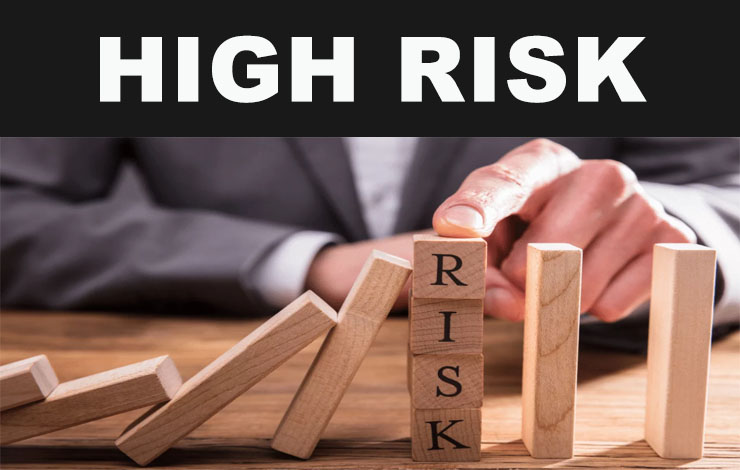In the world of finance, the pursuit of high returns often goes hand in hand with higher levels of risk. High-risk investments have the potential to deliver substantial profits, but they also come with an increased likelihood of significant losses.
In this article, we will explore well-researched questions about high-risk investments in 2023, providing a humanized perspective to help investors weigh the pros and cons and make informed decisions when considering these types of investments.
What Are High-Risk Investments?
High-risk investments refer to financial assets or ventures that carry a higher potential for loss due to their inherent volatility and uncertainty. These investments often belong to industries or companies with unproven track records or are influenced by external factors that can lead to rapid fluctuations in value.
What Types of Investments Are Considered High-Risk?
a) Penny Stocks: Stocks of small companies with low market capitalization and limited liquidity, making them highly volatile and susceptible to price manipulation.
b) Cryptocurrencies: Digital assets like Bitcoin and Ethereum, known for their extreme price volatility and lack of regulatory oversight.
c) Leveraged ETFs: Exchange-traded funds that aim to amplify the returns of an underlying index through the use of financial derivatives, resulting in increased risk.
d) Startups and Venture Capital: Investments in early-stage companies with unproven business models, often leading to a high rate of failure.
What Are the Potential Benefits of High-Risk Investments?
a) High Returns: High-risk investments have the potential to generate substantial profits, outperforming traditional low-risk investments in favorable market conditions.
b) Diversification: Including some high-risk assets in a portfolio can provide diversification benefits and potentially enhance overall returns.
c) Growth Opportunities: High-risk investments may offer opportunities to invest in innovative technologies or emerging industries with significant growth potential.
What Are the Risks and Drawbacks of High-Risk Investments?
a) Loss of Capital: The primary risk of high-risk investments is the potential for a significant loss of capital, which can be devastating to an investor’s financial position.
b) Lack of Liquidity: Some high-risk investments, such as penny stocks and certain private equity deals, may lack liquidity, making it challenging to sell them quickly at a fair price.
c) Lack of Regulation: Many high-risk investments operate in less regulated markets, exposing investors to potential fraud or unethical practices.
Who Should Consider High-Risk Investments?
High-risk investments are generally more suitable for investors with a higher risk tolerance and a longer investment horizon. Investors who have already established a diversified and stable portfolio may consider allocating a small portion to high-risk assets.
How to Mitigate the Risks of High-Risk Investments?
a) Thorough Research: Conduct comprehensive research and due diligence before investing in high-risk assets to understand the potential risks and rewards.
b) Diversification: Limit exposure to high-risk investments by allocating only a small portion of the portfolio to these assets.
c) Long-Term Perspective: Approach high-risk investments with a long-term perspective, as they may require time to generate returns and withstand short-term market fluctuations.
What did we learn in this article?

What have we learned
High-risk investments can be enticing for their potential to deliver significant returns, but they come with higher levels of risk and uncertainty.
In 2023, investors should carefully weigh the potential benefits against the inherent drawbacks and consider their risk tolerance, financial goals, and investment horizon. Diversification and thorough research are key to managing the risks associated with high-risk investments.
Seeking advice from a qualified financial advisor can provide valuable insights and help investors make informed decisions aligned with their individual financial circumstances and aspirations. Remember, while the allure of high returns can be compelling, prudence and careful consideration are essential when venturing into the world of high-risk investments.
